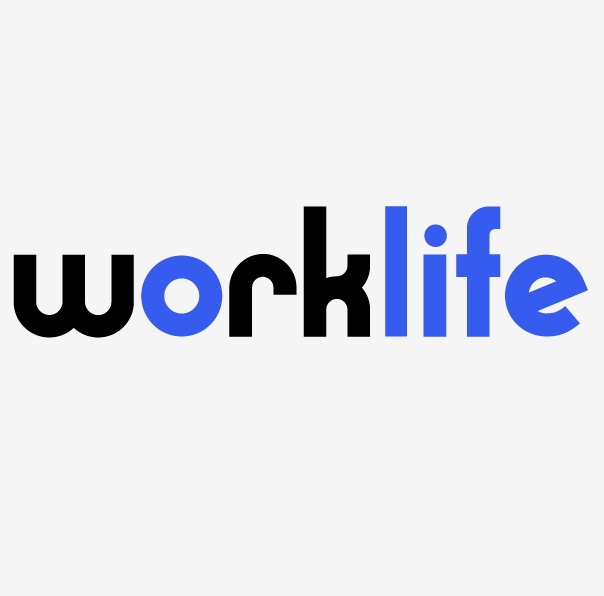Between 1986 and 1997, he won 45 games and lost 58, but in late June, Mitch “Wild Thing” Williams added one more to his win column. The former major league pitcher won more than $1.5 million in his wrongful termination case against the MLB Network (“MLBN”) in the Superior Court of New Jersey.
The Wild Thing was an erratic but successful closer until his career unraveled following his last pitch in the 1993 World Series, which resulted in a series ending home run. In 2009, he embarked on a new career as an analyst for MLBN. That too unraveled in 2014, when MLBN suspended and then fired him following reports on Deadspin (owned by Gawker at the time) that Williams showed the 10 year old Little Leaguers he coached just how wild a former Major Leaguer can become when he does not like an umpire’s call.
So it seems that Williams coached his 10 year old son’s Little League team, aptly named “Jersey Wild.” How cool it must have been for little wild thing to have his former Major League player dad coach his team. According to the Deadspin reports however, quoting anonymous sources, big Wild Thing allegedly flipped out during a 2014 tournament. Two specific incidents were reported. The first was that Williams ran onto the field to argue about a call and went nose to nose with the official, yelling loudly and allegedly calling the umpire something that rhymes with Brother Trucker (and our kids think that we embarrass them in public!). That got him tossed from that game. Deadspin also reported that at a second game, Wild Thing loudly referred to the opposing pitcher by a lewd term and instructed his pitcher to throw at him when he was at bat. Now for those who don’t know baseball, there are plenty of legitimate reasons for that instruction…and it is never too early to learn them. That’s right, even 10 year old pitchers need to know how to own the plate before their first Tommy John surgery. But the tournament officials did not agree.
Based on these internet reports, MLBN immediately suspended Wild Thing. The network told him that if he wanted to keep his job, he would have to sign an addendum to his employment contract, agreeing the he would not coach or even attend his children’s sporting events. The proposed addendum also required Wild Thing to attend “therapeutic counselling.” Perhaps he should have also been forced to change his nickname.
Wild Thing threw MLBN a curve though. He said, fake news. You can’t always believe what you read on the internet. As a result, after he balked at MLBN’s requirements, he was terminated for violating the morals clause of his contract. Williams sued MLBN for defamation, breach of contract, negligent misrepresentation and a few other things, and he sued Gawker for defamation. Although as a public figure Wild Thing had a tough mound to climb for a defamation claim, the jury found that MLBN breached his employment contract by terminating him based on unsubstantiated, anonymous internet stories and awarded him $1.5 million in damages.
While the internet can be a great source for information about employees and prospective employees, it can also be a dangerous minefield. Just like Glassdoor can unjustly destroy the reputation of an employer, so too can false or exaggerated stories about an employee or prospect result in an ill-conceived hiring or firing decision. That is why the Fair Credit Reporting Act requires employers to use a Pre-Adverse Action Notice before deciding to withdraw a conditional offer, not proceed with a hiring decision or to terminate an employee based on information obtained in a background check report. By utilizing the Pre-Adverse Action process, employees and prospective employees have the opportunity to dispute the content of the report. If MLBN had conducted an independent investigation of the allegations, it might not have taken the adverse action against the Wild Thing and saved itself $1.5 million (and a few dollars no doubt spent on defense lawyers).
Employers should periodically review their hiring protocols and processes to ensure that they are getting the best possible information and that they have precautions in place so that hiring managers are not making decisions based on information that is not substantiated through at least some reasonable verification process. We would be glad to review these policies and procedures for employers who want to be sure they have it right.








